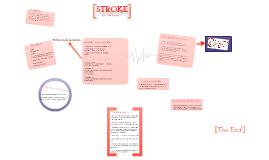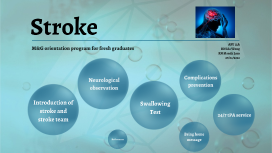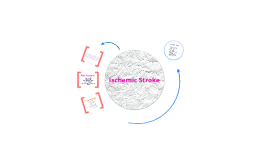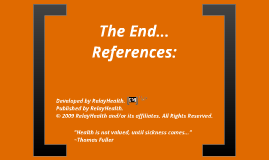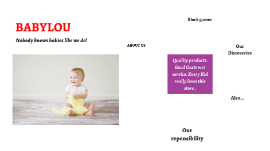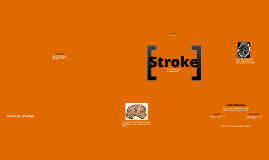Stroke powerpoint
Transcript: Stroke M&G orientation program for fresh graduates ASU 12A RN Ida Wong RN Mandy Lam 27/04/2021 Introduction of stroke and stroke team Introduction of stroke ~87% Introduction of stroke ~13% WHO Definition: rapid developing of clinical signs of focal (or global) disturbance of cerebral function, with symptoms lasting 24 hours or longer or leading to death, with no apparent cause other than of vascular origin (WHO, 1980). 1. Ischemic Stroke 2. Hemorrhagic Stroke (American Stroke Association, 2021) warning sign of stroke! ASU service Journey of a stroke patient Hyperacute Acute Rehabilitation Community service - ICDS - Nurse-led clinic - GDH, community day care centre - Home care service - Transport support service - Respite care ASU team - 12A: mixed ward with 16 ASU beds (Officially 2 tPA beds) - Multidisciplinary approach - Weekly case conference - Protoccol-driven workflow and guideline (O et al., 2020) Neurological observation Neurological observation Best motor response Glasgow Coma Scale (GCS) Eyes opening * If eyes closed due to severe swelling, record "C" Pain stimuli Peripheral Central Apply to core of body Apply to extremities Tends to give a spinal reflex Better in assessing eyes opening To assess the cortex Better in assessing motor response Ask questions 1. Name 2. Time 3. Place 4. People Best verbal response * Score "T" when patient is on endotracheal tube or tracheostomy Flexion withdrawal (M4) - no purposeful movement to remove stimuli - without rotating the wrist - no stiffness associated with the movement Flexion response (M3) - slow movement - elbow flexes rigidly - wrists rotate in a spastic-type posture - legs are not assessed for 'flexing' as bending the knees and flexing are indistinguishable (Braine & Cook, 2016) (Royal College of Physicians and Surgeons of Glasgow, 2021) Click to edit text Click to edit text All motor responses - Testing CNIII - Use of penlight torch, avoid using LED light - Shine the pupil at a direction - Record pupil sizes before stimuli - Equality and reactivity Pupillary response (Braine & Cook, 2016) (Royal College of Physicians and Surgeons of Glasgow, 2021) Atypical/Abnormal pupils Limb Power Left Right Upper limb Upper limb Lower limb Lower limb (Florence et al., 1992) Swallowing test Swallowing Test Techniques Pre-assessment Indications: - Etiologies which would impair swallow - Decreased level of consciousness - Apparent signs or complaints in swallowing difficulty - Known history of dysphagia - Apparent signs of aspiration (Martino et al., 2013) Why need nursing swallowing assessment? - Non-invasive - Not possible to perform instrumental examination on every patient with suspected dysphagia Clinical observation before the test: - Poor conscious level - Presence of tracheostomy - Difficulty in managing oral secretions (e.g choking of saliva/severe drooling) - Moist, wet, gurgly voice quality - Follow commands? Co-operative? Either one observed: -Keep NPO and refer ST!! Pre-assessment: 1. Check oral cavity (unfit dentures?) 2. Ask patient to stick out the tongue (any deviation?) 3. Ask patient to open mouth, say "ah" (use penlight to check palate and uvula) 4. Ask patient to swallow saliva first Preparation Tools: Position: - Stand on patient's dominant side - Patient sitting upright with head support, with SpO2 monitoring Implementation: Part A: Feed patient 5ml of water into patient's oral cavity by teaspoon for 3 times Part B: Sip from a cup in 10ml portion, for 3 trials Continuous observe for 2 more minutes to see any choking or desaturation for problematic clinical signs for NO problematic clinical signs * If any shaded items , stop the test immediately, withhold feeding, inform doctor and refer ST. * If pass the test, start with puree diet first. *Once ST orders diet, only ST can change the diet order. (American Association of Neuroscience Nurses, 2017) Limitations Evaluation - NO straw or feeding syringe use unless ST prescribes - Avoid dry foods, sticky foods, foods of mixed consistencies *The degree of swallowing impairment fluctuates after stroke. Ongoing assessment is needed for poststroke dysphagia (Fedder, 2017). - Cannot detect silent aspiration - Results only tell patient's tolerance on thin liquids Precautions Complications prevention Complications prevention -Hinder recovery -Associated with poorer outcomes independent of stroke severity and age - Arise within the first few weeks of stroke, i.e. during hospital and rehab stays - PREVENTABLE!! Head-to-toe assessment Head-to-toe assessment Dehydration Dehydration -Dysphagia after stroke episode - Change of food texture, limitation in limb mobility and swallowing ability will result in decrease fluid intake - Increases risk of venous thromboembolism Nursing Intervention 1. Monitor urine output 2. Administer IV fluid (0.9%NS) 3. Fluid round (also implemented in 12A) Pneumonia Pneumonia - The most common cause of fever within first 48 hours after acute stroke -Failed to manage oral secretion, Fall






